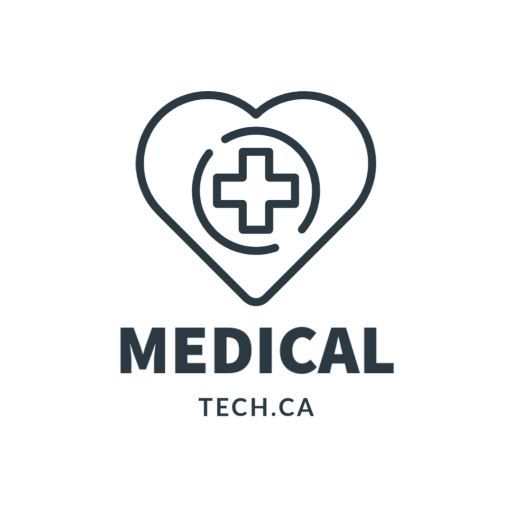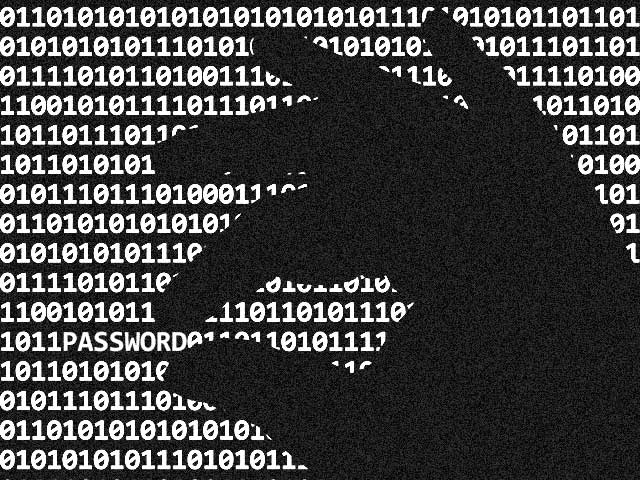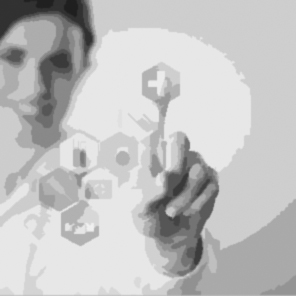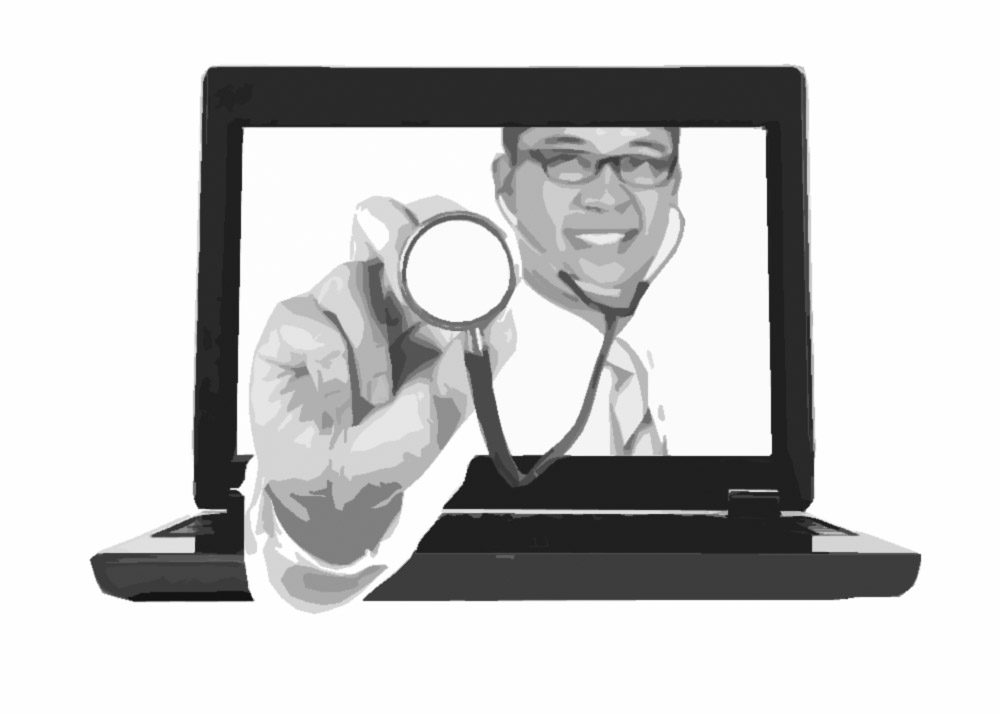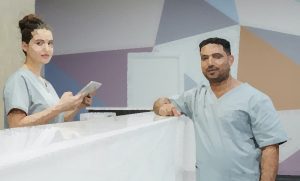
by medicaltechont | Apr 25, 2016 | e-Health, eHealth, EHR
Over the course of 2015, countless data breaches occurred within hospital networks, health insurers, physicians’ offices, and other organizations in the healthcare industry. In fact, Community Health Systems, Premera and Anthem were just a few of the most notable names who made cybersecurity headlines last year. More than 94 million records were exposed as the result of attacks varying in sophistication, which ranged from standard, employee-targeted breaches, to more complex methods carried out by scheming hackers.
It’s widely agreed upon that hackers target industries that hold valuable, sensitive and extremely personal data. It follows, then, that the healthcare industry is one of those targeted sectors, and has been for quite some time, due to its treasure trove of private information including mailing addresses, family histories, medical conditions, social security numbers and much more.
But with attacks increasing in both size and complexity, it’s time to more closely examine the healthcare industry, in particular electronic health record (EHR) providers.
Read more at http://hitconsultant.net/2016/04/11/preparing-ehr-vendors-cyber-threats/

by medicaltechont | Feb 27, 2016 | EHR, Electronic Medical Records, Hospitals, Medical Records, Security, United States
Ransomware has seriously turned on to a noxious game of Hackers to get paid effortlessly.
Once again the heat was felt by the Los Angeles-based Presbyterian Medical Center when a group of hackers had sealed all its sensitive files and demanded $17,000 USD to regain the access to those compromised data.
The devastation of the compromised files can be pitched as:
- Compromised emails
- Lockout Electronic Medical Record System [EMR]
- Encrypted patient data
- Unable to carry CT Scans of the admitted patients
- Ferried risky patients to nearby hospitals
As the situation was grown out of wild, the hospital paid 40 Bitcoins (Roughly US $17,000) to the Ransomware Criminals to resume their medical operations after gaining the decryption keys.
“The quickest and most efficient way to restore our systems and administrative functions was to pay the ransom and obtain the decryption key,” the hospital CEO Allen Stefanek said in a letter.
All the electronic medical system were restored back soon after unlocking the encrypted file locks.
The Ransomware had stolen the nights of many network administrators, as they would be often blamed to fight up this nasty threat; instead of blaming staffs who click the illegit links in their e-mail.
http://thehackernews.com/2016/02/ransomware-medical-record.html?utm_source=THNLS&utm_medium=BelowLS&utm_campaign=LS
http://hollywoodpresbyterian.com/default/assets/File/20160217%20Memo%20from%20the%20CEO%20v2.pdf

by medicaltechont | Jan 4, 2016 | eHealth, EHR, Technology
Everyone, it seems, except for the EMR industry and the government, is complaining about EMRs. Doctors feel like high priced, unappreciated data entry clerks, patients think that their doctors should give them more face time instead of screen time and CMIO’s are pulling their hair out trying to get everyone on board. Almost everyone agrees, though, that we have passed the point of no return and that the digitization of Sick Care information has great promise if done right.
Click here to read more.
http://www.hcplive.com/physicians-money-digest/contributor/arlen-meyers-md-mba/2016/01/10-things-telemedicine-should-learn-from-the-emr-fiasco

by medicaltechont | Dec 13, 2015 | Cloud, eHealth, EHR, Technology, United States
In 1986, a person with lung cancer would be linked to approximately two types of disease. After the genome sequencing was completed in 2003, the medical community was able to find seven other molecular diseases associated to lung cancer and there are more to be discovered.
The access to new molecular data meant people had an increased chance of surviving lung cancer, whereas before the disease was considered a death sentence.
The original human genome project took 13 years to complete the sequence of chemical base pairs which make up human DNA at a cost of $3 billion. Today, this same process takes two days at cost roughly $15.
At the SAP Spotlight Tour earlier this week, healthcare professionals from CancerLinq, the Stanford University department of medicine and SAP’s own chief medical officer made a plea for more patient data to be made available in an effort to gain new insights for healthcare. The ultimate goal of this effort is to provide personalized medicine and treatment.
Read more: http://www.itworldcanada.com/article/why-big-data-means-big-changes-for-personalized-healthcare/379274#ixzz3u8EWcEkv
or visit http://www.itworldcanada.com for more Canadian IT News
Read more: http://www.itworldcanada.com/article/why-big-data-means-big-changes-for-personalized-healthcare/379274#ixzz3u8EJUI00
or visit http://www.itworldcanada.com for more Canadian IT News

by medicaltechont | Feb 19, 2015 | EHR, Hospitals
Scientists from the Helmholtz Zentrum München and the Technische Universität München have succeeded in a breakthrough for the further development of contrast agents and consequently improved diagnostics with imaging using MRI procedures. The results have been published in the “Angewandte Chemie International Edition” journal.
Magnetic Resonance Imaging (MRI) offers a high-resolution procedure for the diagnostic imaging of patients. Often this procedure additionally uses contrast agents that clarify certain tissue structures and pathological processes. However the image signal that is generated in the MRI does not correlate with the actual quantitative concentration of contrast agent in the tissue.
Click here to read more.

by medicaltechont | Feb 14, 2015 | Canada, e-Health, EHR, OHIP Billing, Ontario MD, Vendors
Purchasing electronic health record (EHR) systems is a process in which potential buyers and users often seek and assess information about the products in question and compare alternatives. EHR is often a new technology to the people who use it, introducing new ways of performing clinical and administrative tasks. As such, it may be regarded as an innovation. Rogers’ [] diffusion of innovations theory suggests that the process of adopting innovations (the innovation decision process) typically follows five stages: knowledge, persuasion, decision, implementation, and confirmation. Most relevant to this work is the knowledge stage in which adopters learn about the existence of an innovation (awareness knowledge), gain basic knowledge of how to use it (how-to knowledge), and understand the underlying principles behind it (principles knowledge). This is followed by the persuasion stage, in which potential adopters actively seek more information about the innovation, evaluate its characteristics, form positive or negative attitudes toward it, and subsequently adopt (eg, purchase) or reject the innovation at the decision stage.
For EHRs, the adoption decision process involves a planning phase that includes needs assessment, identifying champions, gaining buy-in from stakeholders, workflow analysis, understanding financial issues, and goal setting [,]. This is followed by a system selection phase in which information is sought from various sources including vendors and general consultants[], visits to practices that have installed systems of interest, and product demonstrations [,]. At this stage, according to Lorenzi et al [], “the internet provides a valuable source of information regarding specific EHR system products, capabilities, and the selection process” (p.8). In particular, vendor websites could play an important role in making an adoption decision by creating awareness, providing how-to and principle knowledge, and using various persuasive means to affect potential adopters’ perceptions of EHRs. However, to the best of our knowledge, no systematic efforts have been made to examine whether EHR vendors use their websites to present the information typically gathered in the pre-decision stages of Rogers’ innovation-decision process.
Read more

